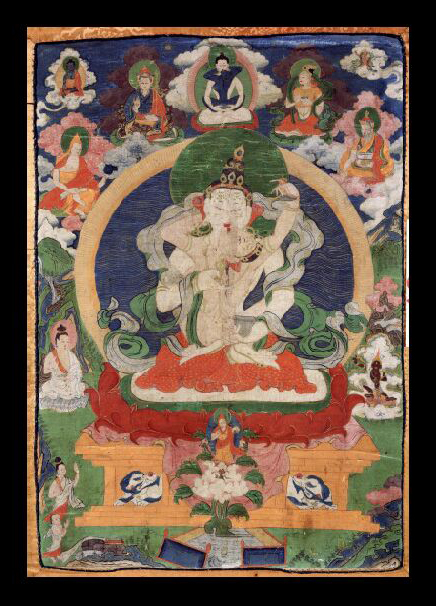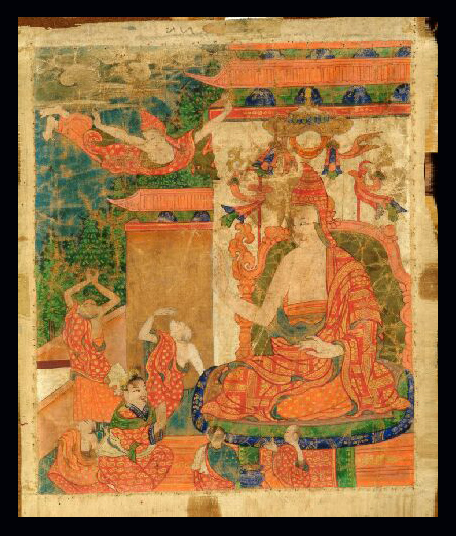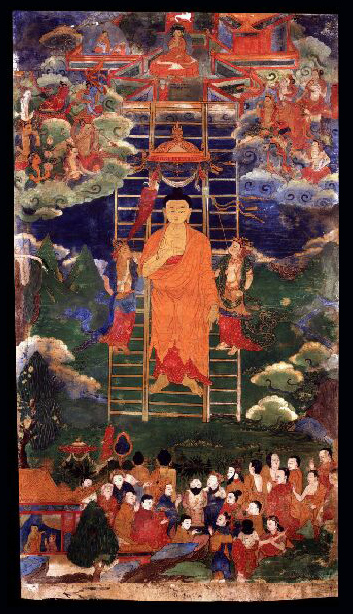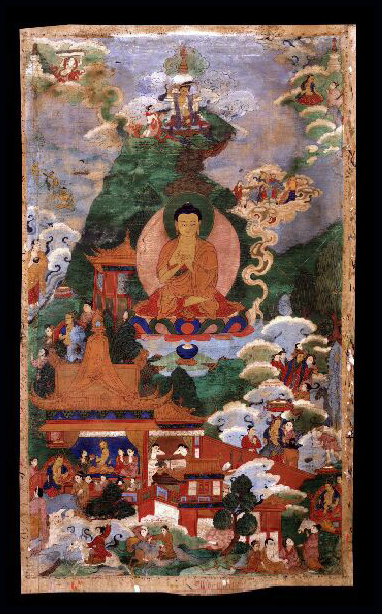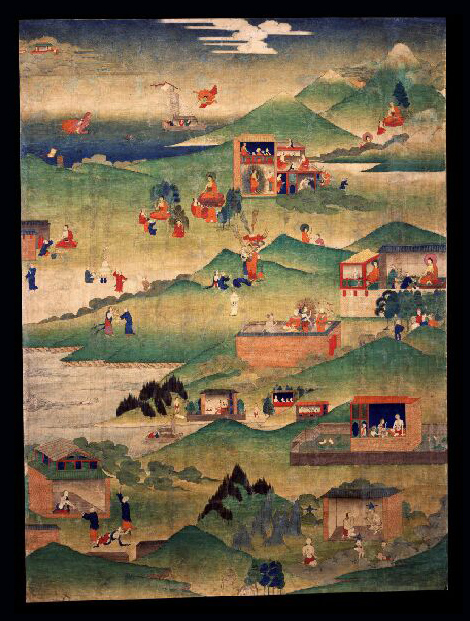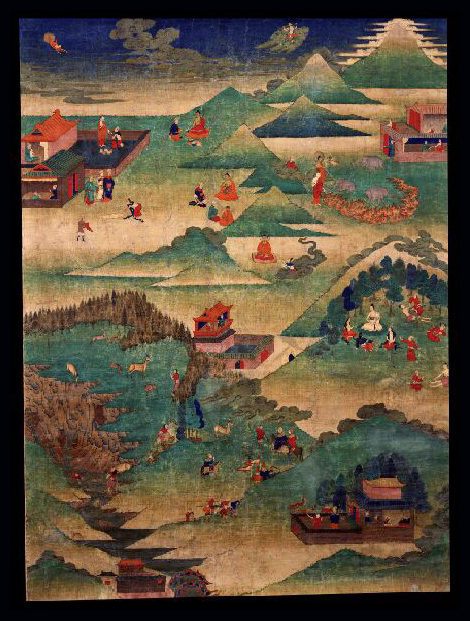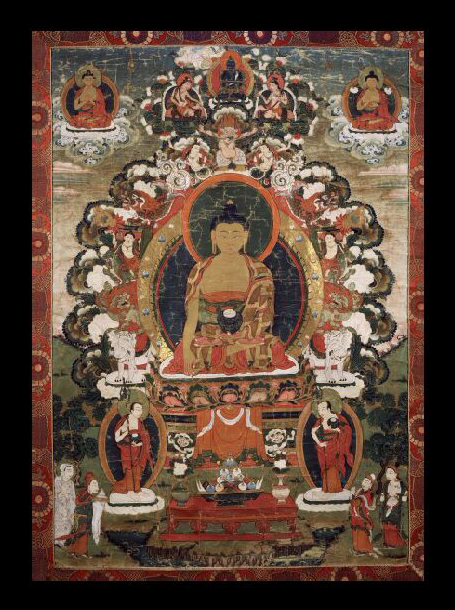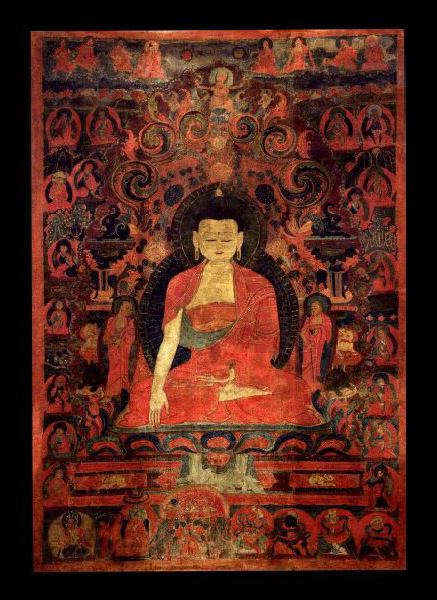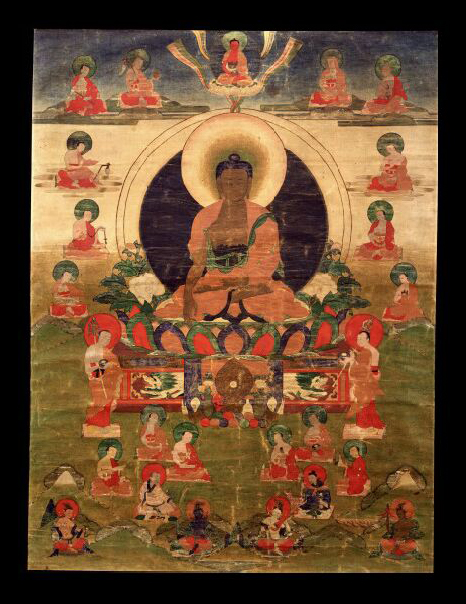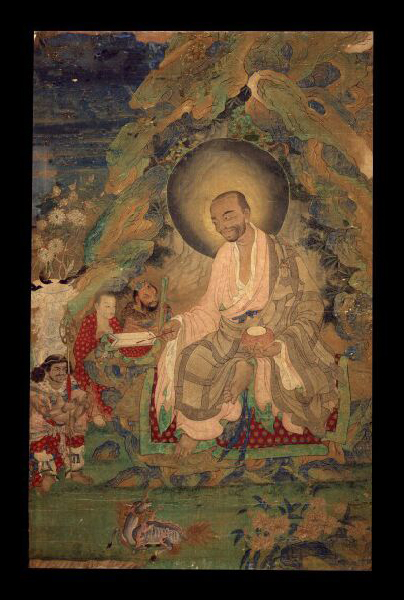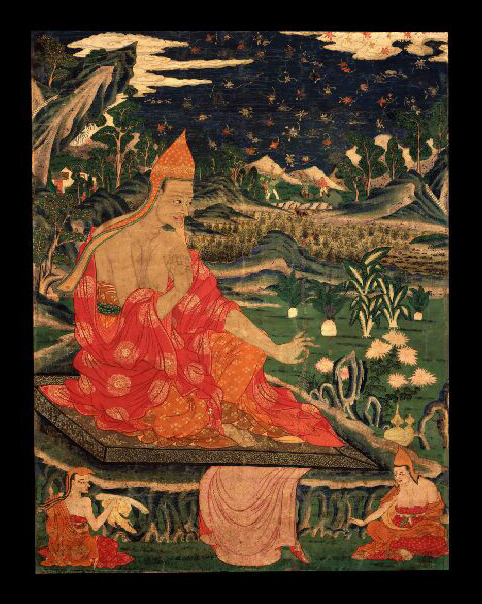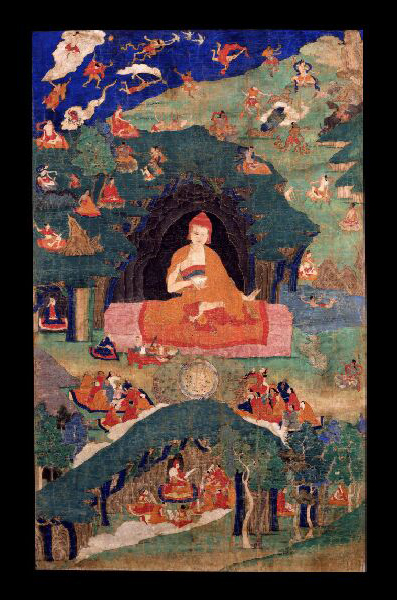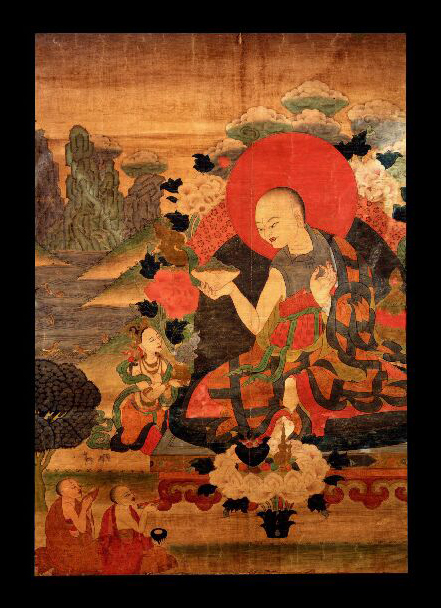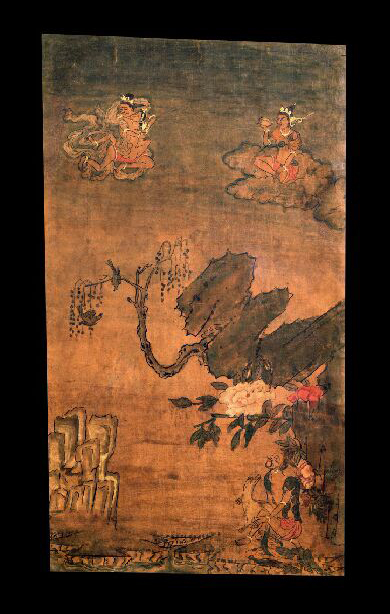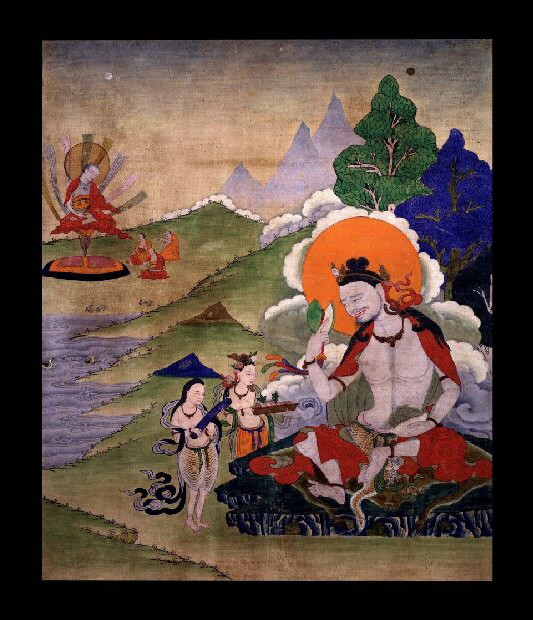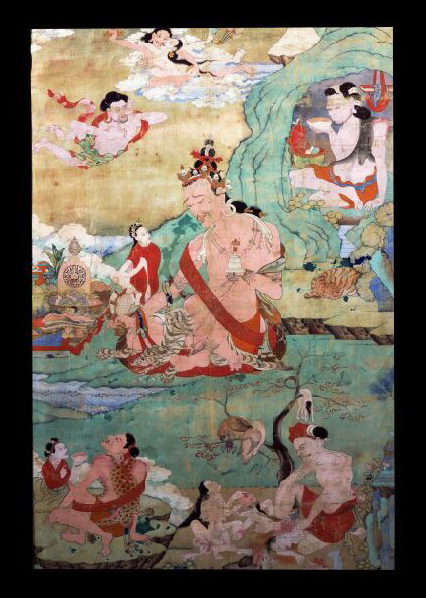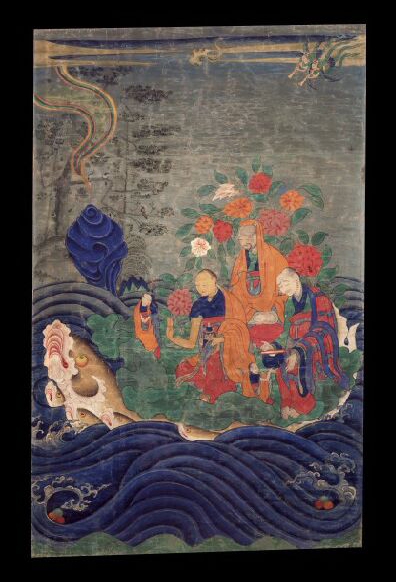January 25 – August 8, 2004
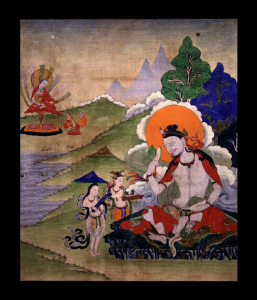 Everyone knows that the Tibetan masters can levitate and fly. Marco Polo, the first Westerner to formally record an encounter with the Tibetan lamas, reported witnessing the phenomenon over seven hundred years ago (and Italians never lie). The modern adventurer Madame Alexander David Neil also wrote of her sightings of lamas on the wing (and, again, the French never exaggerate).
Everyone knows that the Tibetan masters can levitate and fly. Marco Polo, the first Westerner to formally record an encounter with the Tibetan lamas, reported witnessing the phenomenon over seven hundred years ago (and Italians never lie). The modern adventurer Madame Alexander David Neil also wrote of her sightings of lamas on the wing (and, again, the French never exaggerate).
Traditional Tibetan literature similarly tells of Buddhist mystics who have taken off in joyful flight. Buddha himself is said to have done so on several occasions, as did Indian masters such as Nagarjuna and Padma Sambhava. The legacy was adopted by Tibetan mystics in the eighth century, with the yogini Yeshey Tsogyal as a prime example, and continued over the centuries. The eleventh century yogi and poet Milarepa is another famous flyer.
The historical anecdotes in Tibetan literature and oral tradition that speak of mystics with powers of levitation and flight find their way into Tibetan art. The North American viewing public would be enthralled with the theme, both as an exhibition and as a reader.
Some months ago Jeff and I discussed the possibility of developing an exhibit along these lines. One of his reservations is that the flying/levitating deeds in the lives of these masters are generally depicted as details in tangkas rather than as central images. However, my feeling is that this feature adds to rather than subtracts from the charm, and does not create a problem for either the exhibit or the reader/catalog. Paranormal abilities of this nature are considered secondary to the primary goal of Tantric Buddhism, which is the inner realization of mahamudra. Levitation and flight are an expression of tunmong gi ngo-drup, or “common siddhi,” and are side-effects of the inner realization of mahamudra, the exclusive siddhi of realization (tunmong ma yinpai ngo-drup). This is made evident in the artistic representations. With the catalog, we can present the full tangka in small format, just to give a sense of the piece, and blow up the flying/levitating aspect on the opposite page.
Of course, telling the stories of the legendary events of levitating/flying masters will be a lot of fun.
This truly unique exhibition features Tibetan art which depicts the literary and oral legacy of levitation and flight among Tibetan mystics. The legacy itself dates back to eighth century Tibet, with the yogini Yeshey Tsogyal as a prime example, and has continued over the centuries since that time. The exhibition includes works from important private collections as well as the Rubin Museum of Art.
A full color exhibition catalog written by exhibition curator Glenn H. Mullin, world renowned scholar of Tibetan culture and student of the Dalai Lama, will be available during the exhibition.
Selected Highlights:
This exhibition is sponsored by:
The Atlanta Journal-Constitution | Grand Hyatt Atlanta | DeKalb Council for the Arts | Bigelow Advertising


